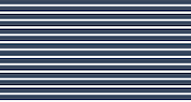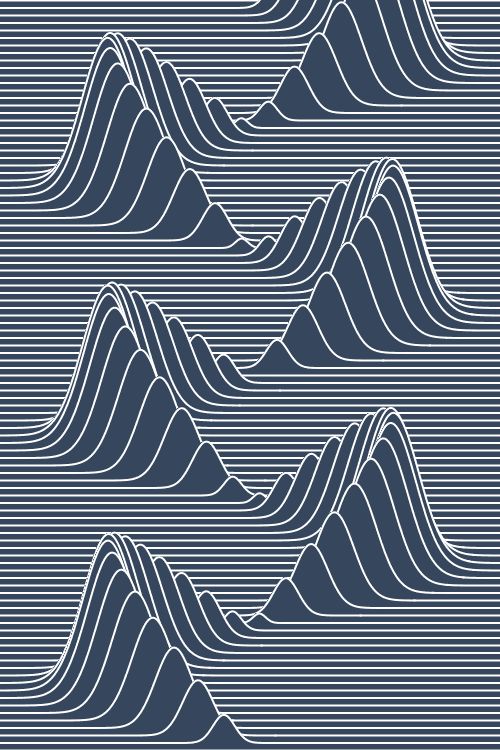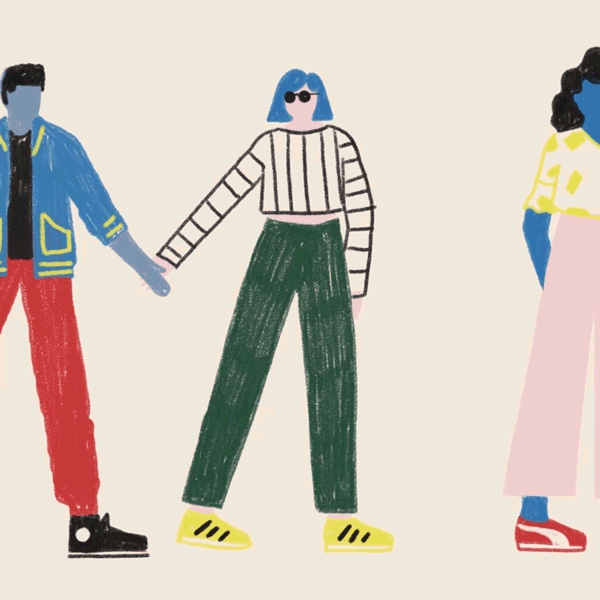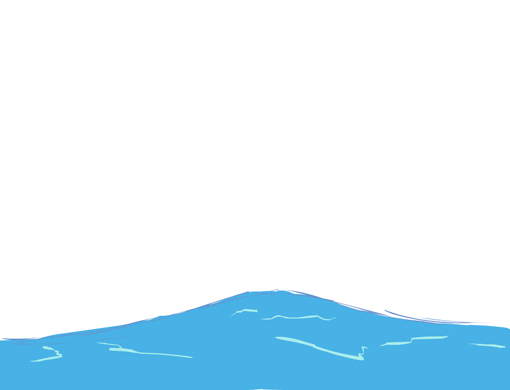This logo isn't an ad or affiliate link. It's an organization that shares in our mission, and empowered the authors to share their insights in Byte form.
Rumie vets Bytes for compliance with our
Standards.
The organization is responsible for the completeness and reliability of the content.
Learn more
about how Rumie works with partners.
Imagine a zig zag with zigs but no zags.

Now let's add some zag.

What grabs your attention: the zigs or the zags?
The zags, amirite ? The zags tell a story. They stand out.
Step 1: Identify the Zip Behind Your Zag
Marketing guru Marty Neumeier, (the man behind the branding of Apple and Google), says the art of brand differentiation is simple.
When everyone zigs, zag.
But first you need to identify the raw energy behind your zag.
What gives your brand its street cred ? Its raison d'être ?

To get quickly to your zip, imagine 25 years from now, and your brand as you know it is dead. Finito. Te veo .
Now, write the obituary.

It might go something like this.
The founders of ZAG began with a dream — to liberate the unparalleled 'I' from the tyranny of the ZIG. We dedicated a quarter-of-a-century to giving horizontal lines the courage to go diagonal.
In a nutshell: What do you want everyone to remember about you?
Step 2: State What You Do in 12 Words or Less.
No doubt you do a lot of great things.
But what's that one thing at the heart of all those brilliant things?
Google's core purpose is to organize the world's information and make it more accessible. Disney's is to make people happy.

What about you? What do you do? What's your passionate, purposeful fingerprint on the world?
If you can't say it in under 12 words, go back a step.
Quiz
"Discovering the value of 'real' beauty and improving self-esteem worldwide." What type of brand would this purpose statement fit?
This is the purpose statement of Dove, an American brand that ran a famous ad campaign that sought to building self-esteem by unveiling "real" beauty.
Step 3: Define Your Vision
You have the drive. The direction. Now where are you going?
A vision is the picture you have of your brand in a possible future.

A vision is neither abstract nor out of reach. It's concrete.
"Advancing man’s capabilities to explore the heavens” is not a vision.
But “Putting a man on the moon by the end of the 1960s” is.
Fulfilling a vision is an act of collaboration.
Leaders may shape and articulate that vision, make it palpable, memorable, inspiring.
But your people make it happen.
True vision has to grow from the shared purpose and passion of its people.
—Marty Neumeier
Quiz
Which is NOT an example of a clear, concrete vision statement.
"Advancing self-confidence" is rather vague. How could you improve this vision statement and make it more concrete?
Did you know?
Step 4: Identify the Wave You're Riding
An innovative technology may have set your wave in motion.
Widespread cultural shifts in values or lifestyles may have given it momentum.
Name that wave. Own that wave. Call out the "prime movers" (or leading brands) riding it with you.

Got those? Good. Now, complete this sentence:
Our brand is the ONLY ______________ that ___________________.
For example, imagine Awayday, a digital textbook brand. It might differentiate itself like this:
Awayday is the ONLY digital textbook that connects students to live tutorials.

Then take it further and answer:
Our brand is the ONLY ______________ that ___________________ for who? Where? Why? And when?
Awayday is the ONLY digital textbook that connects college students in North America to live tutorials all-year-round, so that they feel supported anywhere and anytime.
Step 5: Refine and Align
Position your business strategy alongside your customer experience.
Bring all company behaviours behind a clearly articulated zag.
There should be no leftover parts, no maverick offerings, no contradiction between what you say and what you do. The result of alignment is coherence; the result of nonalignment is wasted resources.
—Marty Neumeier
For example, the team behind the fictional digital textbook brand Awayday meets to discuss its business strategy for the upcoming year.

Alisha, Head of Strategic Partnerships, suggests they develop a product targeted at the K-12 sector.
Nolan, HR Coordinator, bids for launching a series of cookbooks.
Marcus, Marketing Manager, recommends they conduct a series of case studies featuring Awayday's current customers.
Trish, Head of Design, advocates for introducing animated features in Awayday texts.
Quiz
Which of those ideas do you consider to best align with Awayday's zag? Check all that apply.
While a series of cookbooks with links to live tutorials sounds fun, the idea doesn't align with Alwayday's targeted demographic. However, tweaked a bit to align with a college course in the culinary arts, it might fit!
This Byte has been authored by
Nancy Miller
Director of Learning
